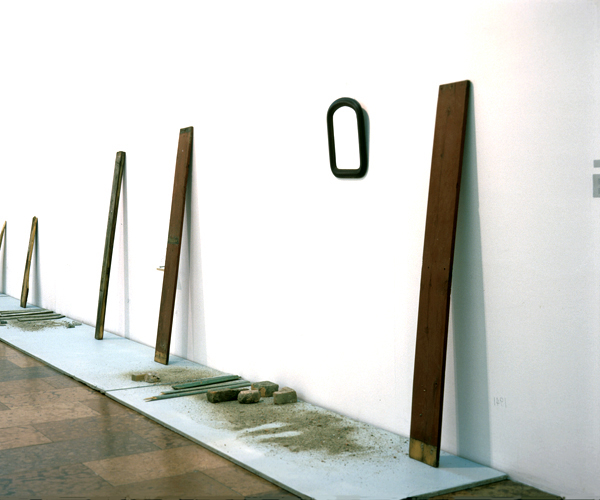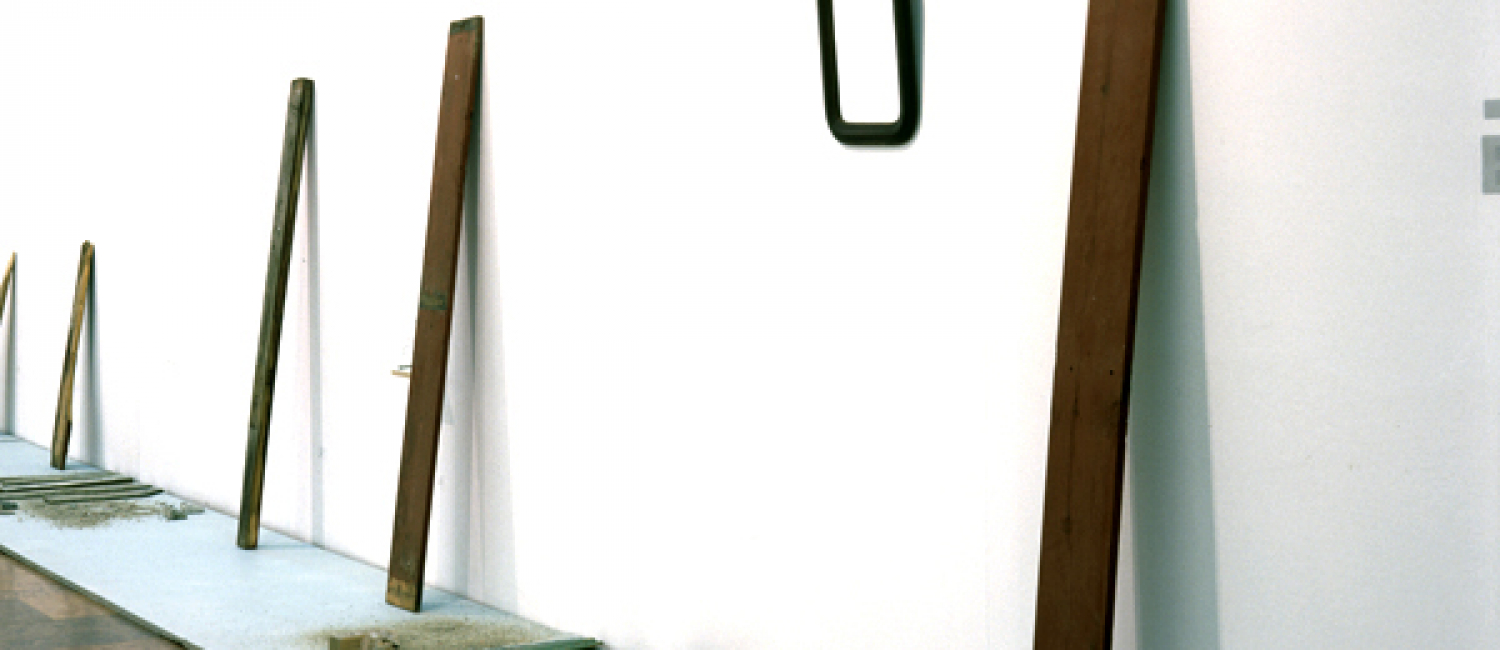Root to Route: Rumbach Street
American artist Alejandro Fogel’s installation and exhibition
In Root to Route: Rumbach Street Alejandro Fogel comes to Budapest to find the place where his father was in hiding during War World II. His room was at 10 Rumbach Street. Envisioning himself in his father’s place, he creates a diary of solitude and desperation. This installation is a memorial for his father and for those who did not survive the Holocaust in Hungary.
Since his first memories are of the Andes, Alejandro Fogel became deeply involved with the history and art of Pre-Columbian cultures of South America and subsequently the roots of individuals and the legacy they pass on for humankind.
Root to Route is an exhibition about the artist's South American and Central European roots. The show is being exhibited simultaneously in two parts and in two different countries. The first part, Root to Route: Inkas Rod, Iowa is being shown at CSPS is Iowa in the USA, while the second part, Root to Route: Rumbach Street opens at the Ludwig Museum in Budapest on November 24th.
In Root to Route: Inkas Road, Iowa, Alejandro Fogel visually recounts his visits to the Andes, the fragmentary remains of the Inkas Road and the vision of the peoples and cultures who had once traveled upon it as well as its sustained impact on his life in the United States and specifically Iowa.
In Root to Route: Rumbach Street, Alejandro Fogel goes to Budapest to find the place where his father was in hiding from the Nazis during War World II. It was the year 1941 and his father, Moishe Fogel, was eighteen years old and on his way to becoming a rabbi when he left his hometown, the small village of Sacel in Northern Transylvania. Jews were being sent to labor camps and he had no choice but to run. He escaped to Budapest where he found a room in Rumbach Street, the focus of Alejandro Fogel’s installation. He lived there in hiding for two years, with no identification until he was caught and sent to a labor camp. Fogel’s installation is a memorial to the Holocaust and the family he has lost through war. It is also the meeting ground of father and son, where roles are traded and reversed through the mediums of art installation and story. Using different materials, like bricks, wood, and rubble from Budapest and specifically objects found at Rumbach Street, Fogel mixes them with wood from his Iowa home and dust from Buenos Aires where his father went after the War and still lives. In what he calls his ritual of travel/performance, Mr. Fogel carries all these materials with him, transporting them back and forth from one continent to the other, creating layers of memories, covering and uncovering his past and creating spaces for reflection, building roads between earthly elements, shrines where people can think about their own roots and routes.
A book linking the two shows will be available.

